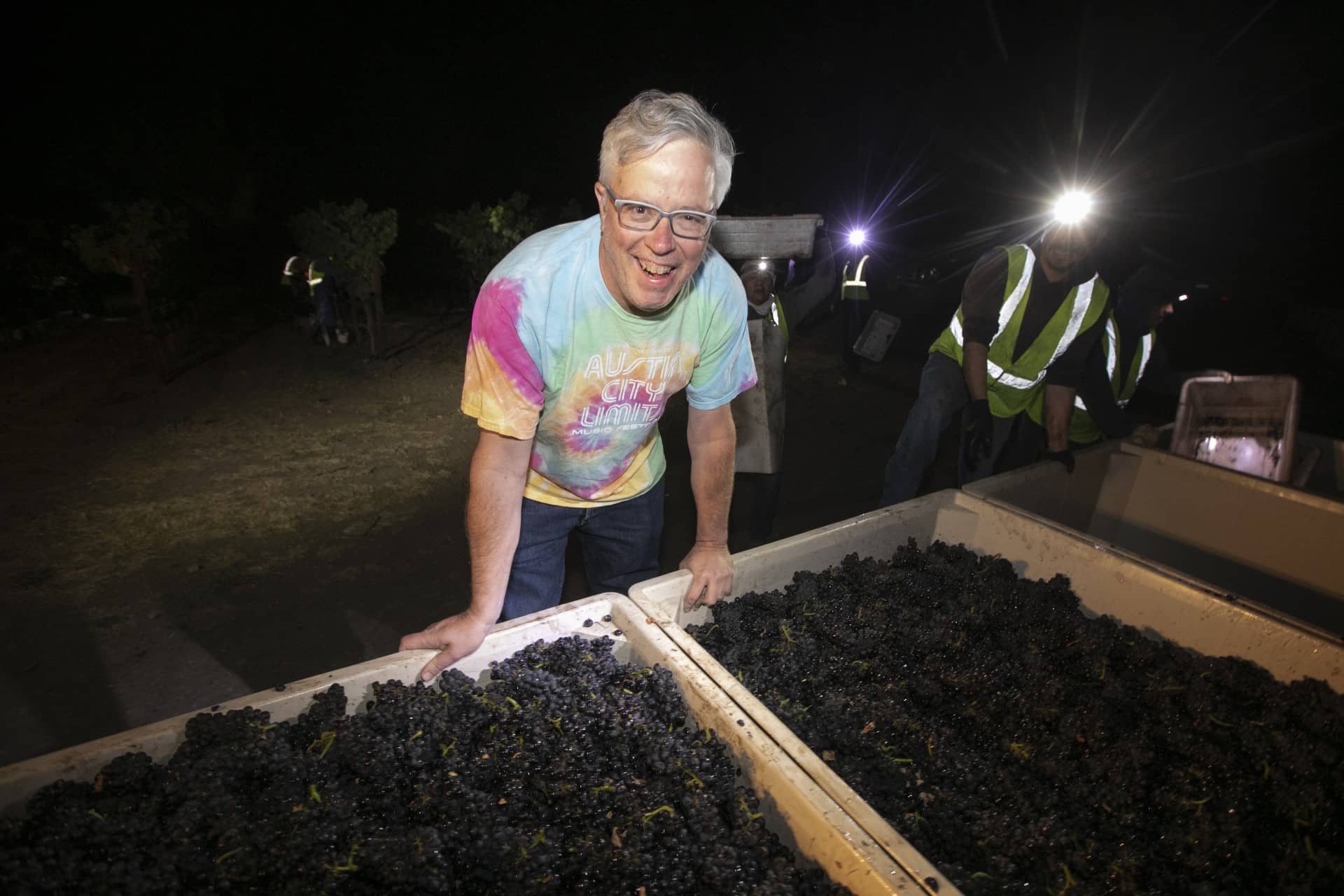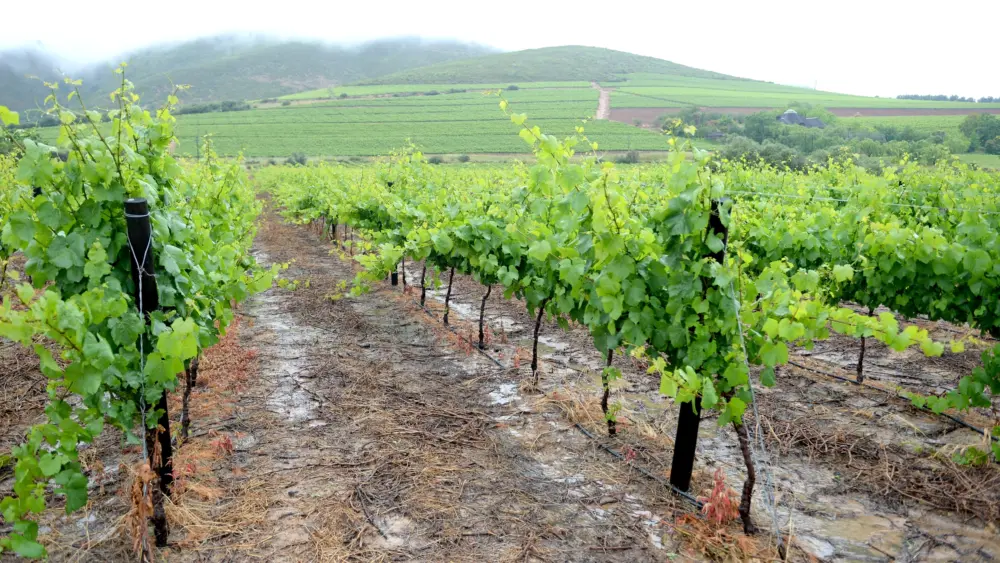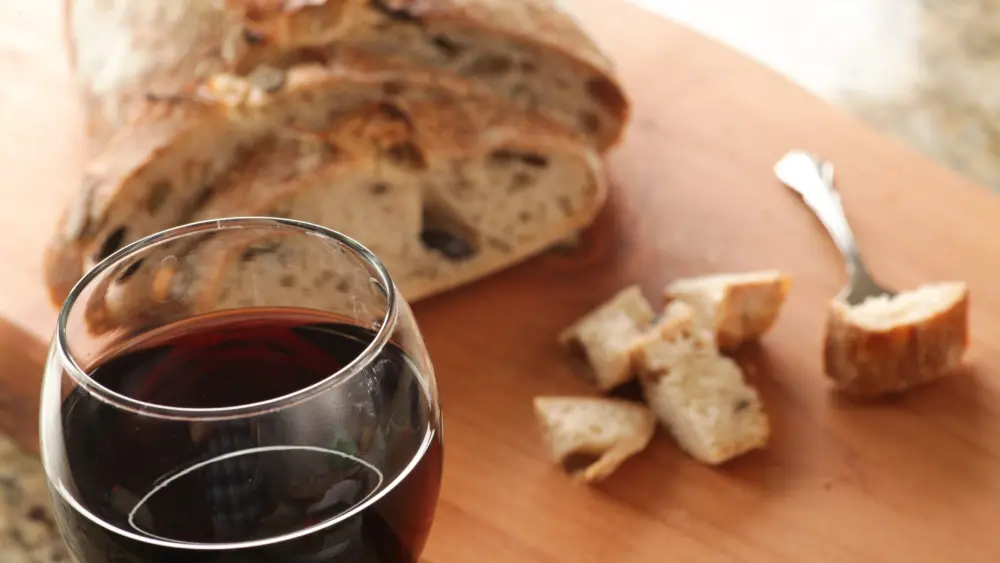
Having sold my first winery, Siduri Wines, to Jackson Family Wines nine years ago, I often get approached by colleagues asking what they can do to position their wineries for a sale. Rarely is there an easy answer to that question, as each individual business is unique.
However, I thought it would be useful to approach two of the leading winery and vineyard brokers in California and get their insights into some things smaller wineries can do to better set themselves up for success should they choose to try and sell. Over the last month, I spent several hours with Mario Zepponi of Zepponi & Company and Robert Nicholson of International Wine Associates. Both Mario and Robert have been in the center of some of California’s biggest winery and vineyard deals, and their thoughts could fill a book, not just an 800-word column. Here are some of their insights:
- As a winery, focus on one thing and do it well. Mario pointed out that the most notable transactions of 2023 were primarily one-varietal and/or one-region transactions. From Duckhorn’s purchase of Sonoma-Cutrer (chardonnay driven) to Treasury’s purchase of Daou (Paso Robles cabernet sauvignon driven), this proved to be the case. Even when you look at Gallo’s purchase of Massican Winery, you can see that focus was vital. Massican was able to sum itself up as “Napa’s first, and only, exclusively white wine winery.” Essentially, they focused on one thing, did it well; and in doing so, were able to sell.
- Winery sales are currently being driven by brand—and their place in the market—more than other considerations. In talking with Robert, we traced the path of winery sales over the last 10-plus years. Over a decade ago, sales of wineries with personality driven leadership and direct-to-consumer (DTC) sales were the rage (Kosta-Browne and Siduri, for example). That transitioned into a time when land was a primary driver of sales. With many of California’s largest players now filled to the brim with grapes, and replete with facilities to make wine, the importance of brand and a winery’s place in the market is the emphasis. This can be challenging for smaller wineries. Smaller wineries need the increased profit margin of DTC sales pulling inventory out of the three-tier market. Additionally, the consolidation of distribution has made it difficult for smaller brands to gain attention. However, showing that a winery is viable in the larger marketplace, even at the cost of some short-term profit is important if a winery hopes to transact in the future.
- It is vital that smaller wineries spend time on their accounting and on understanding their costs of goods. Small vintners easily get so caught up in the details of making, bottling and selling wine that these financial aspects fall by the wayside. These details not only demonstrate sound competency, information hygiene and business discipline—but such information can also help expedite a sale as buyers are more easily able to understand the
business, its drivers, strengths and areas for opportunity.
Finally, and most importantly, both Mario and Robert discussed what seems to be something of a pessimistic outlook in the wine business currently. From declining wine consumption to increasing winery inventories and reaching all the way to the overall economic environment—an overall negative outlook seems to have overtaken the industry and transactions seem less likely. This can be discouraging for a vintner.
However, I think Robert summed it up well when he said, “I am not a doom-and-gloomer. I’m an optimist. I don’t subscribe to the theory that the heavens are falling. I believe that there may be a challenge that we are having as a wine-producing community… The redeeming quality that we have is that it’s pretty interesting how the wine world operates. The wine business is going to be here forever. It’s been here forever, and it will be [here] forever. There’s going to be ups and downs, and there’s going to be winners and losers. That’s business. But the wine business is just interesting enough—when it gets to a certain quality level—to keep people engaged and interested in learning more and aspiring to be involved themselves.”
I fully agree with Robert. In this challenging market, the winners will be defined by their ability to simultaneously focus on their strengths, while adapting to changing market demands.




